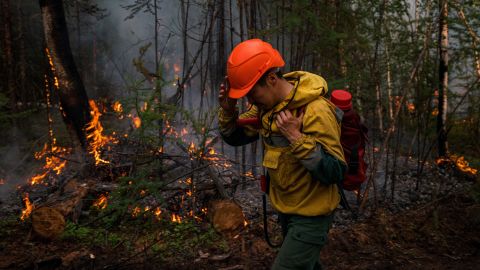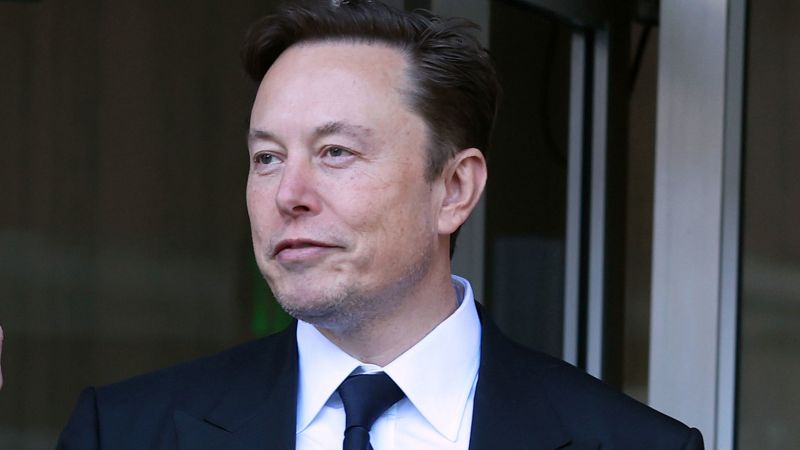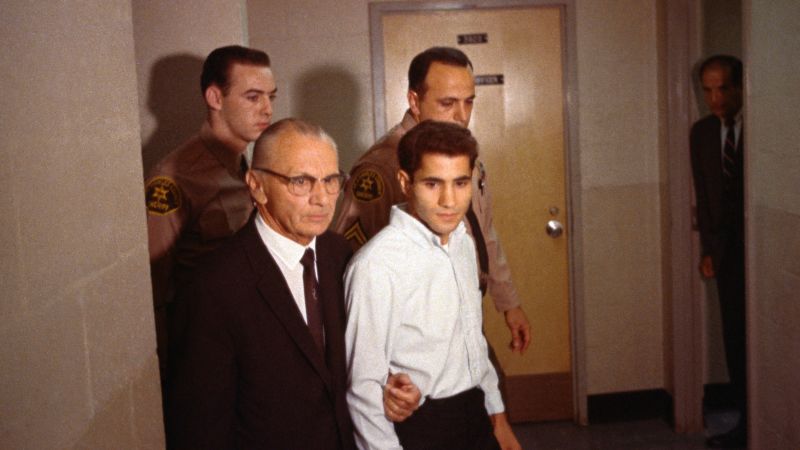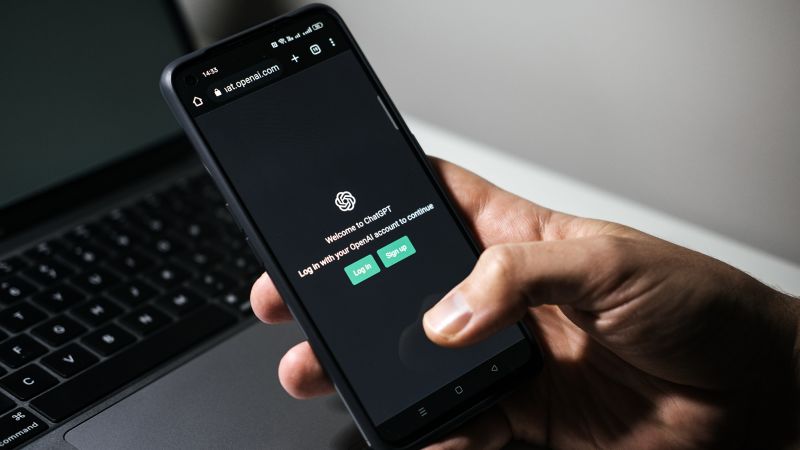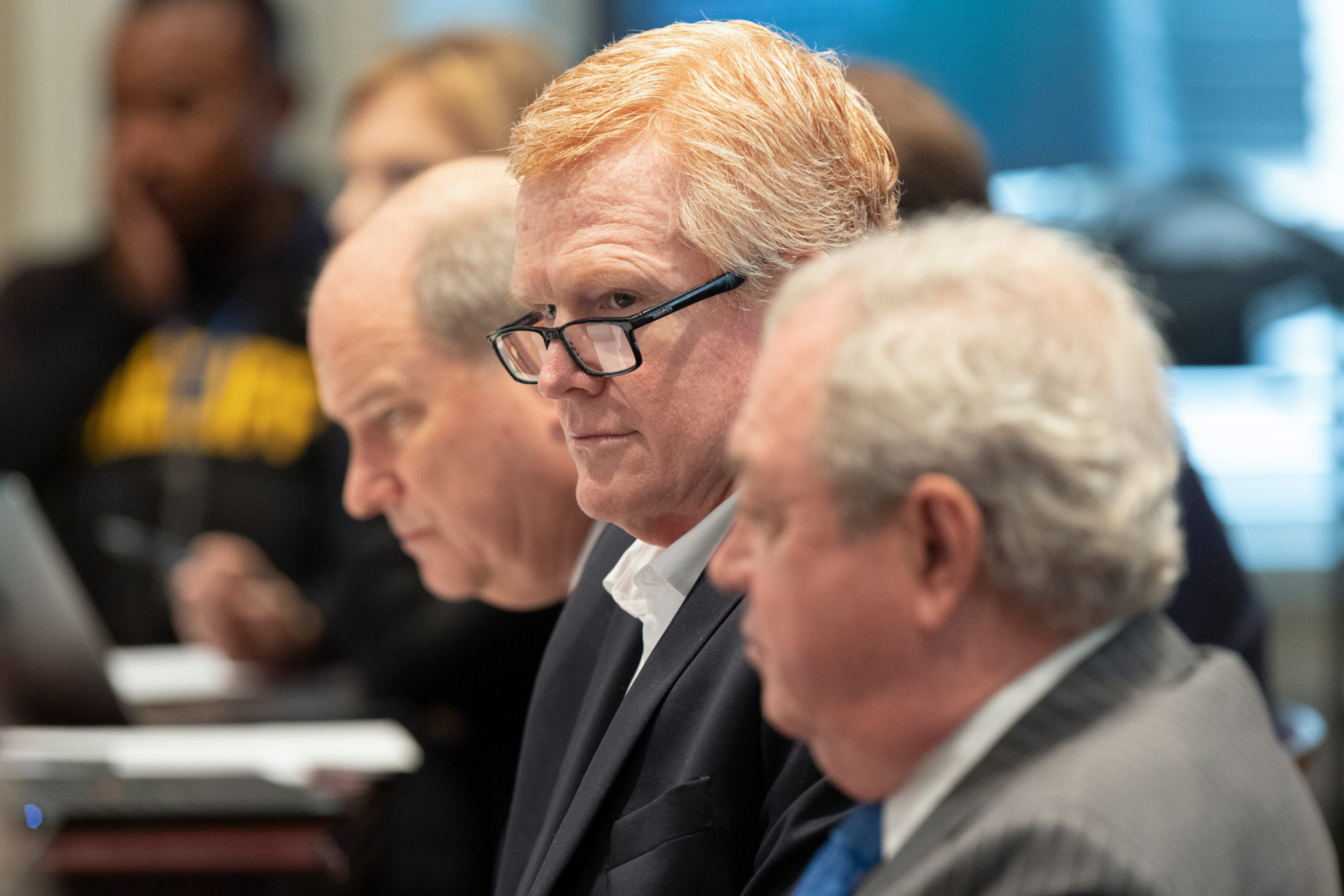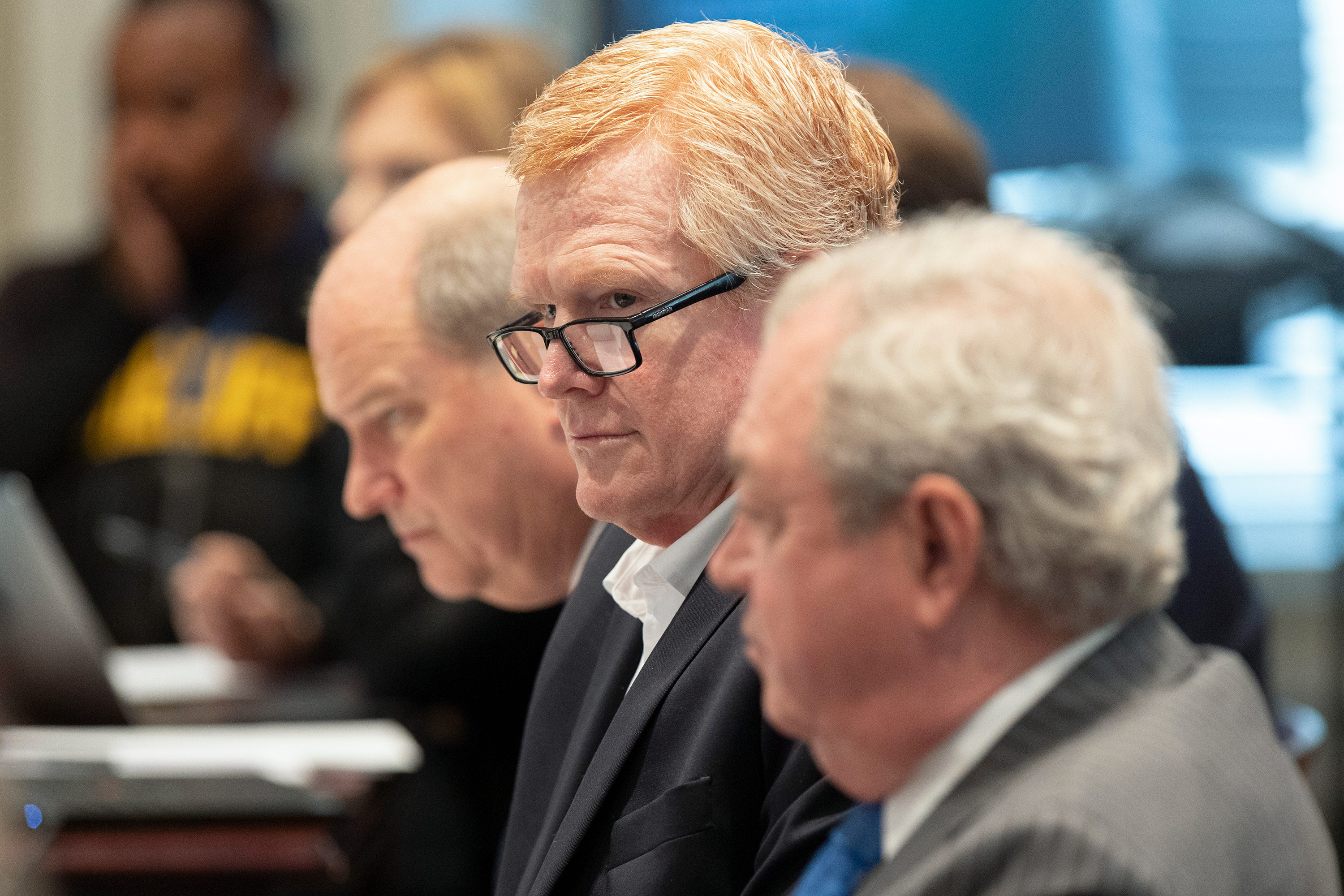Sign up for CNN’s Wonder Theory science newsletter. Explore the universe with news on fascinating discoveries, scientific advancements and more.
CNN
—
Computers powered by human brain cells may sound like science fiction, but a team of researchers in the United States believes such machines, part of a new field called “organoid intelligence,” could shape the future — and now they have a plan to get there.
Organoids are lab-grown tissues that resemble organs. These three-dimensional structures, usually derived from stem cells, have been used in labs for nearly two decades, where scientists have been able to avoid harmful human or animal testing by experimenting on the stand-ins for kidneys, lungs and other organs.
Brain organoids don’t actually resemble tiny versions of the human brain, but the pen dot-size cell cultures contain neurons that are capable of brainlike functions, forming a multitude of connections.
Scientists call the phenomenon “intelligence in a dish.”
Dr. Thomas Hartung, a professor of environmental health and engineering at the Johns Hopkins Bloomberg School of Public Health and Whiting School of Engineering in Baltimore, began growing brain organoids by altering human skin samples in 2012.
He and his colleagues envision combining the power of brain organoids into a type of biological hardware more energy efficient than supercomputers. These “biocomputers” would employ networks of brain organoids to potentially revolutionize pharmaceutical testing for diseases like Alzheimer’s, provide insight into the human brain and change the future of computing.
Research describing the plan for organoid intelligence laid out by Hartung and his colleagues was published Tuesday in the journal Frontiers in Science.
“Computing and artificial intelligence have been driving the technology revolution but they are reaching a ceiling,” said Hartung, senior study author, in a statement. “Biocomputing is an enormous effort of compacting computational power and increasing its efficiency to push past our current technological limits.”
While artificial intelligence is inspired by human thought processes, the technology can’t fully replicate all capabilities of the human brain. This gap is why humans can use an image or text-based CAPTCHA, or Completely Automated Public Turing Test To Tell Computers and Humans Apart, as an online security measure to prove they aren’t bots.
The Turing test, also known as the imitation game, was developed in 1950 by British mathematician and computer scientist Alan Turing to assess how machines display intelligent behavior similar to that of a human.
But how does a computer really stack up against a human brain?
A supercomputer can crunch massive amounts of numbers faster than a human can.
“For example, AlphaGo (the AI that beat the world’s No. 1 Go player in 2017) was trained on data from 160,000 games,” Hartung said. “A person would have to play five hours a day for more than 175 years to experience these many games.”
On the other hand, a human brain is more energy efficient as well as better at learning and making complex logical decisions. Something as basic as being able to tell one animal from another is a task the human brain easily does that a computer cannot.
Frontier, a $600 million supercomputer at the Oak Ridge National Laboratory in Tennessee, weighs a hefty 8,000 pounds (3,629 kilograms), with each cabinet weighing the equivalent of two standard pickup trucks. The machine exceeded the computational capacity of a single human brain in June — but it used a million times more energy, Hartung said.
“The brain is still unmatched by modern computers,” Hartung said.
“Brains also have an amazing capacity to store information, estimated at 2,500 (terabytes),” he added. “We’re reaching the physical limits of silicon computers because we cannot pack more transistors into a tiny chip.”
Stem cell pioneers John B. Gurdon and Shinya Yamanaka received a Nobel Prize in 2012 for developing a technique that allowed cells to be generated from fully developed tissues like skin. The groundbreaking research allowed scientists like Hartung to develop brain organoids that were used to mimic living brains and test and identify medicines that may pose risks to brain health.
Hartung recalled that he was asked by other researchers whether brain organoids could think or achieve consciousness. The question spurred him to consider feeding information to organoids about their environment and how to interact with it.
“This opens up research on how the human brain works,” said Hartung, who is also the codirector of the Center for Alternatives to Animal Testing in Europe. “Because you can start manipulating the system, doing things you cannot ethically do with human brains.”
Hartung defines organoid intelligence as “reproducing cognitive functions, such as learning and sensory processing, in a lab-grown human-brain model.”
The brain organoids that Hartung currently uses would need to be scaled up for OI, or organoid intelligence. Each organoid has about the number of cells one would find in a fruit fly’s nervous system. A single organoid is about one-three-millionth the size of the human brain, which means it is the equivalent of about 800 megabytes of memory storage.
“They are too small, each containing about 50,000 cells. For OI, we would need to increase this number to 10 million,” he said.
The researchers also need ways to communicate with the organoids in order to send them information and receive readouts of what the organoids are “thinking.” The study authors have developed a blueprint that includes tools from bioengineering and machine learning, along with new innovations. Allowing for different kinds of input and output across organoid networks would allow for more complex tasks, the researchers wrote in the study.
“We developed a brain-computer interface device that is a kind of an EEG (electroencephalogram) cap for organoids, which we presented in an article published last August,” Hartung said. “It is a flexible shell that is densely covered with tiny electrodes that can both pick up signals from the organoid, and transmit signals to it.”
Hartung hopes one day there will be a beneficial communication channel between AI and OI “that would allow the two to explore each other’s capabilities.”
The most impactful contributions of organoid intelligence might manifest in human medicine, the researchers said.
Brain organoids could be developed from skin samples of patients with neural disorders, allowing scientists to test how different medicines and other factors could impact them.
“With OI, we could study the cognitive aspects of neurological conditions as well,” Hartung said. “For example, we could compare memory formation in organoids derived from healthy people and from Alzheimer’s patients, and try to repair relative deficits. We could also use OI to test whether certain substances, such as pesticides, cause memory or learning problems.”
Brain organoids could also open up a new way of understanding human cognition.
“We want to compare brain organoids from typically developed donors versus brain organoids from donors with autism,” said study coauthor and co-investigator Lena Smirnova, a Johns Hopkins assistant professor of environmental health and engineering, in a statement.
“The tools we are developing towards biological computing are the same tools that will allow us to understand changes in neuronal networks specific for autism, without having to use animals or to access patients, so we can understand the underlying mechanisms of why patients have these cognition issues and impairments,” she said.
Using brain organoids to create organoid intelligence is still very much in its infancy. Developing OI comparable to a computer with the brain power of a mouse could take decades, Hartung said.
But there are already promising results that illustrate what is possible. Study coauthor Dr. Brett Kagan, chief scientific officer at Cortical Labs in Melbourne, Australia, and his team recently showed that brain cells can learn to play Pong, the video game.
“Their team is already testing this with brain organoids,” Hartung said. “And I would say that replicating this experiment with organoids already fulfills the basic definition of OI. From hereon, it’s just a matter of building the community, the tools, and the technologies to realize OI’s full potential.”
Creating human brain organoids capable of cognitive functions raises a number of ethical concerns, including whether they can develop consciousness or feel pain, and if those whose cells were used to make them have any rights concerning the organoids.
“A key part of our vision is to develop OI in an ethical and socially responsible manner,” Hartung said. “For this reason, we have partnered with ethicists from the very beginning to establish an ‘embedded ethics’ approach. All ethical issues will be continuously assessed by teams made up of scientists, ethicists and the public, as the research evolves.”
Including the public in the understanding and development of organoid intelligence is crucial, wrote Julian Kinderlerer, professor emeritus of intellectual property law at the University of Cape Town in South Africa, in a separately published policy outlook. Kinderlerer was not involved in the new OI study.
“We are entering a new world, where the interface between humans and human constructs blurs distinctions,” Kinderlerer wrote. “Society cannot passively await new discoveries; it must be involved in identifying and resolving possible ethical dilemmas and assuring that any experimentation is within ethical boundaries yet to be determined.”
Watching the development of artificial intelligence like ChatGPT has caused some to question how close computers are to passing the Turing test, writes Gary Miller, vice dean for research strategy and innovation and professor of environmental health sciences at Columbia University in New York City, in a separate Viewpoint article published Tuesday. Miller was not involved in the Johns Hopkins study.
While ChatGPT can efficiently collect information on the internet, it can’t react to a change in temperature like a cultured cellular system can, he wrote.
“Brain organoid systems could exhibit key aspects of intelligence and sentience,” Miller wrote.
“This demands a robust examination of the ethical implications of the technology, in which ethicists must be included. We must ensure that each step of the process is conducted with scientific integrity, while acknowledging that the larger issue is the potential impact on society. OI blurs the line between human cognition and machine intelligence, and the technology and biology are advancing at a speed that could outpace the ethical and moral discussions that are needed. This emerging field must take a vigorous approach to addressing the ethical and moral issues that come with this type of scientific advancement and must do so before the technology crashes into the moral abyss.”




